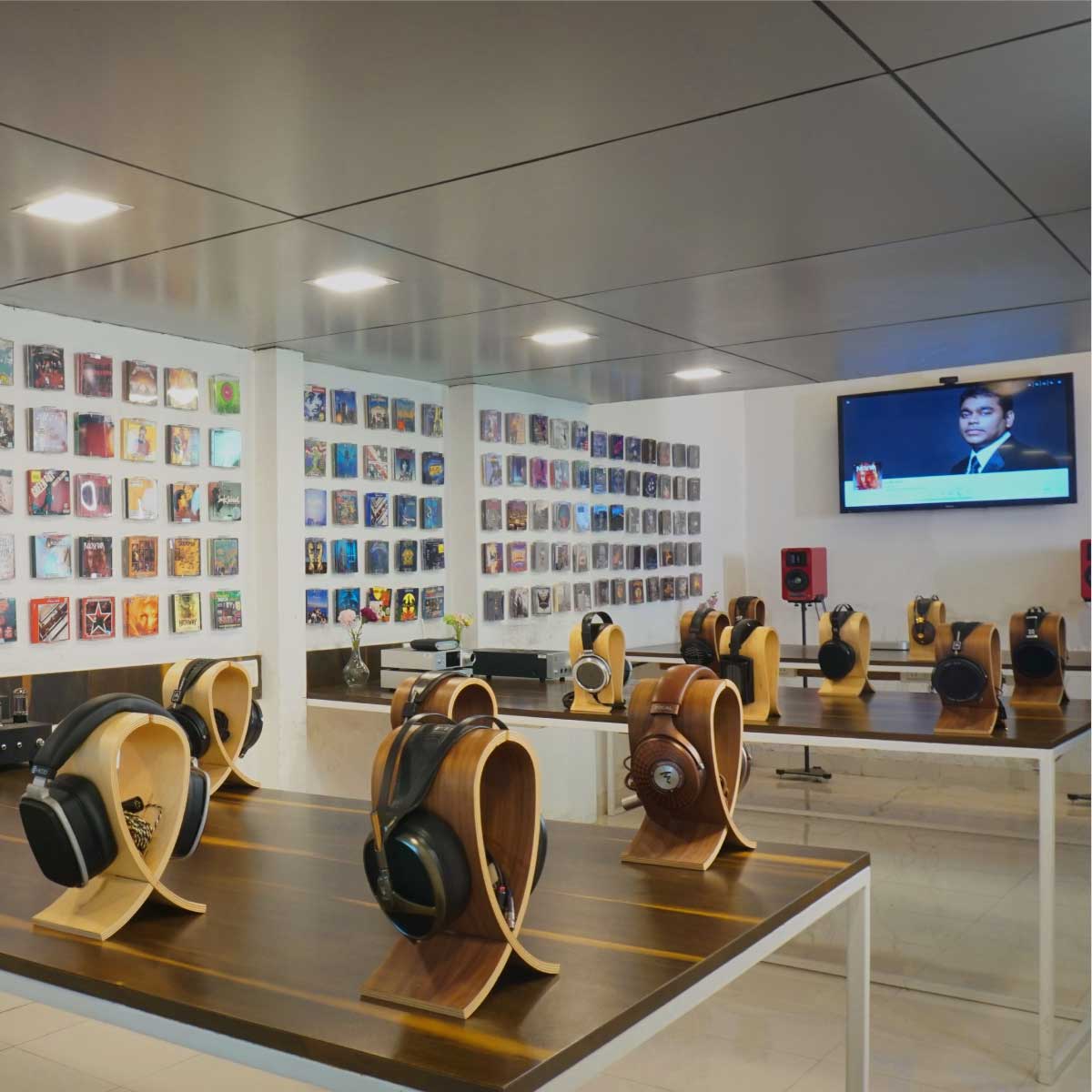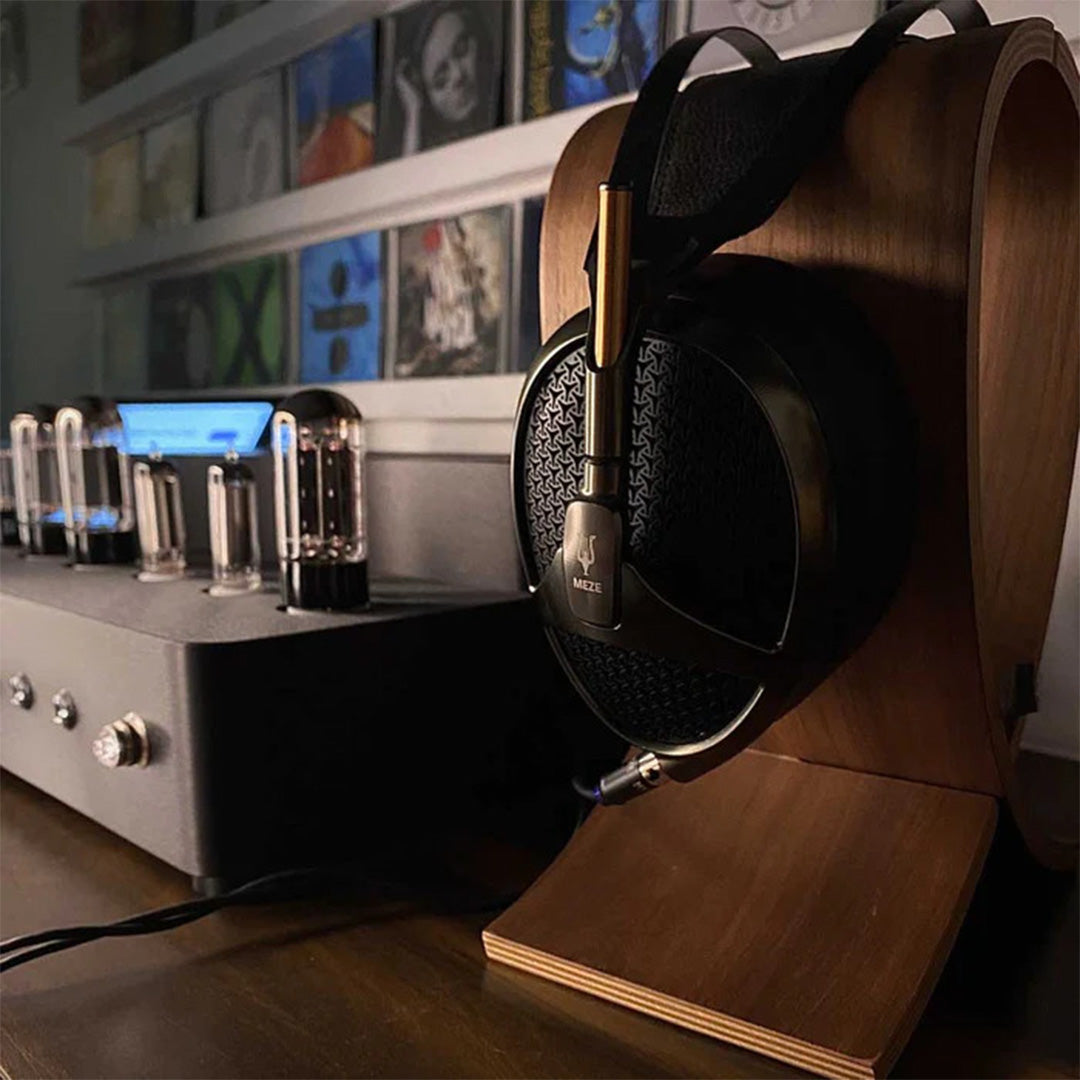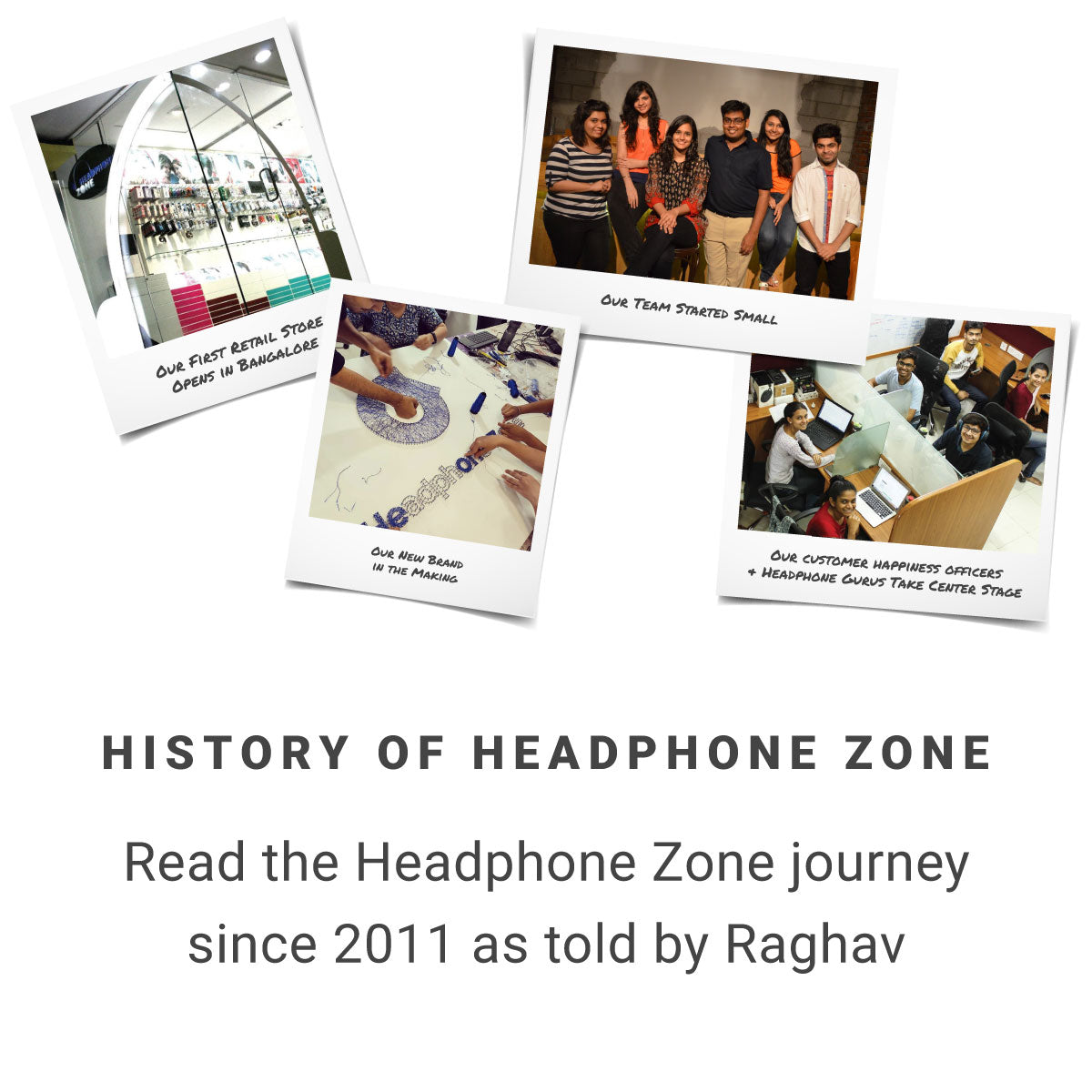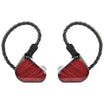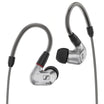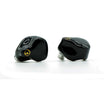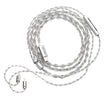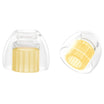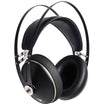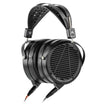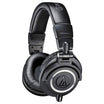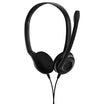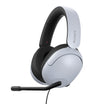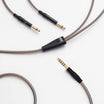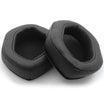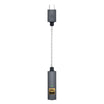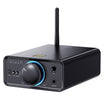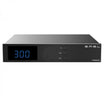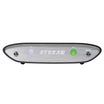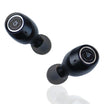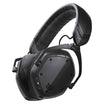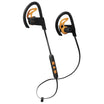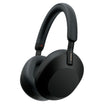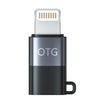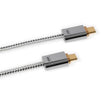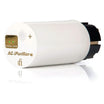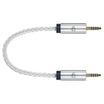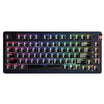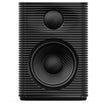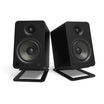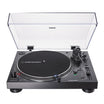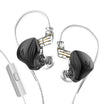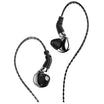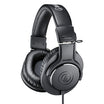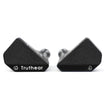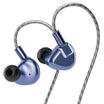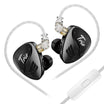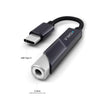Beginner's Guide
Does Hi-Res Music Make a Difference
If you're someone who's just started in the hobby of listening to music and I mean listening to music on your brand new headphones or IEMs, the thing that you should be thinking about and asking yourself is if you are doing justice to the headphones to the music from the music that you're currently streaming on Spotify or YouTube.
Intro
Hi guys this is Raghav here from Headphone Zone. If you're someone who's just started off in the hobby of listening to music and I mean really listening to music on your brand new headphones or IEMs, the thing that you should be thinking about and asking yourself is if you are doing justice to the headphones to the music from the music that you're currently streaming on Spotify or on YouTube.
Does Hi-Res Music Make a Difference
Now if you're streaming music on Spotify you're probably using it at 256 kilobits per second or if you're on the Premium plan you're listening to music at 320 kilobits per second. This is about 1/8 the sound quality of a music CD. A music CD typically has 1410 kilobits per second and 320 kbps is simply nowhere close to the sound quality of a music CD. Now if you're going to be listening to music at CD quality, we typically call that a lossless format. Lossless music is quite easily available these days especially if you're using Apple music as a streaming service. Apple music now has lossless audio quality available to all subscribers at no extra charge, so for virtually 99 rupees a month you could be listening to music at CD quality at a minimum but what's better is that Apple music also allows you to listen to music at high resolution formats which are even higher in their detail and bitrate as compared to CD quality. These Hi-Res formats are also available at no extra charge but what difference do they really make? I think when you think about it, an artist has used the world's greatest equipment in the finest of studios to record music with a level of detail and precision that really puts a lot of finesse and you know artistry into the music. When you're taking all of this detail, this information that they've recorded in equipment worth millions and millions of dollars and you're streaming it on a streaming service that compresses it down to 1/8 the sound quality of a music CD or worse there's very little that your headphones, your fancy DAC, all this equipment that you spent money on, there's very little that they can do to reproduce and replicate what the artist put out in the studio. By just investing a little bit of money and upgrading yourself to a high resolution listening format, I do believe that you can at least ensure that you're listening to music at the CD quality level that is available to everybody and where possible going to even higher resolutions. What this does is simply give your DAC, your headphones much more information that it can now use to reproduce music in its original form back into your ears. Giving it that information makes the job a lot easier. In general I find that when you upgrade yourself from 320 kbps or worse, to lossless quality it does sound a lot better. You can instantly tell that there is a little bit more detail, there's a little bit more resolution, you can hear things in the music that you weren't able to hear until now. Music can sound much more lifelike, much more believable, the instruments sound much more textured and no longer goes sounding very harsh and when you go from lossless quality to high resolution quality it's a lot more details but I find that the impact may not be as impressive as when you go from a lossy format to a lossless format. So at a minimum I highly recommend that you listen to music at a lossless format at least and then upgrade your equipment to the next level.
Talking To Us Is Easy
Get in Touch with Our Team directly - We're Here to helpWrite to Us
Prefer to drop us a line? Our team will get back to you via email within a working day.
Mail usWrite to Us
Join the Discussion
We're not the experts on everything, but our community is. Join The Indian Audiophile Forum.
Join community